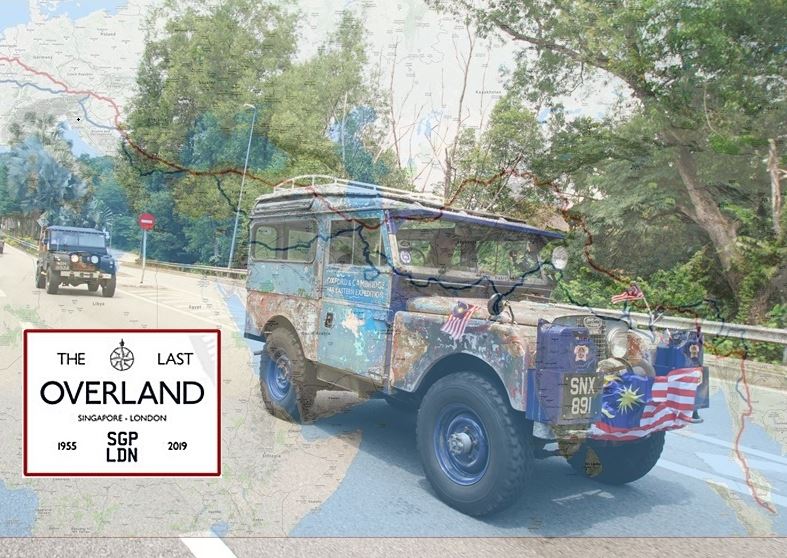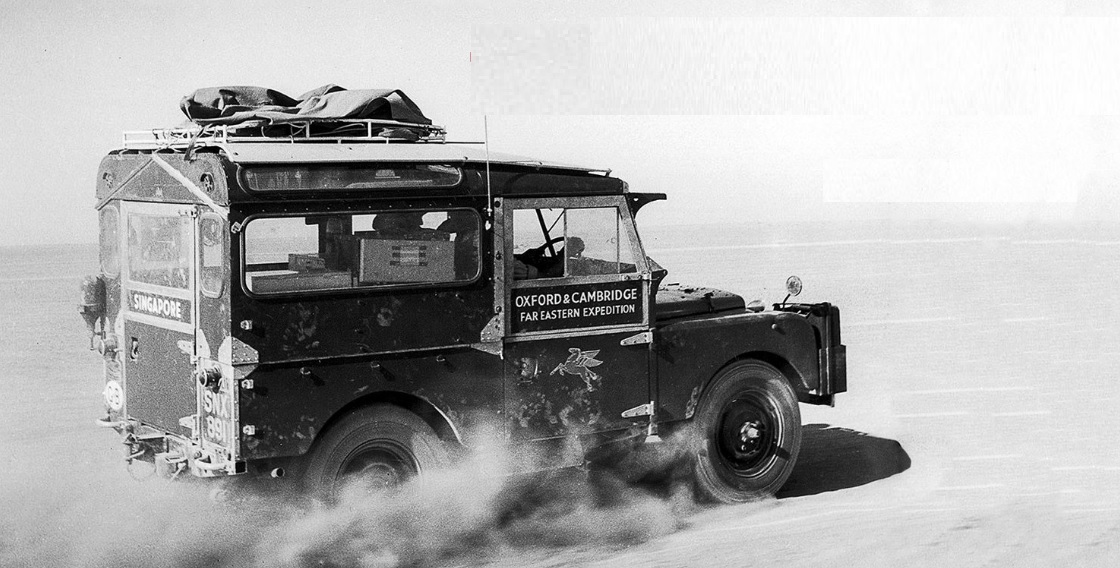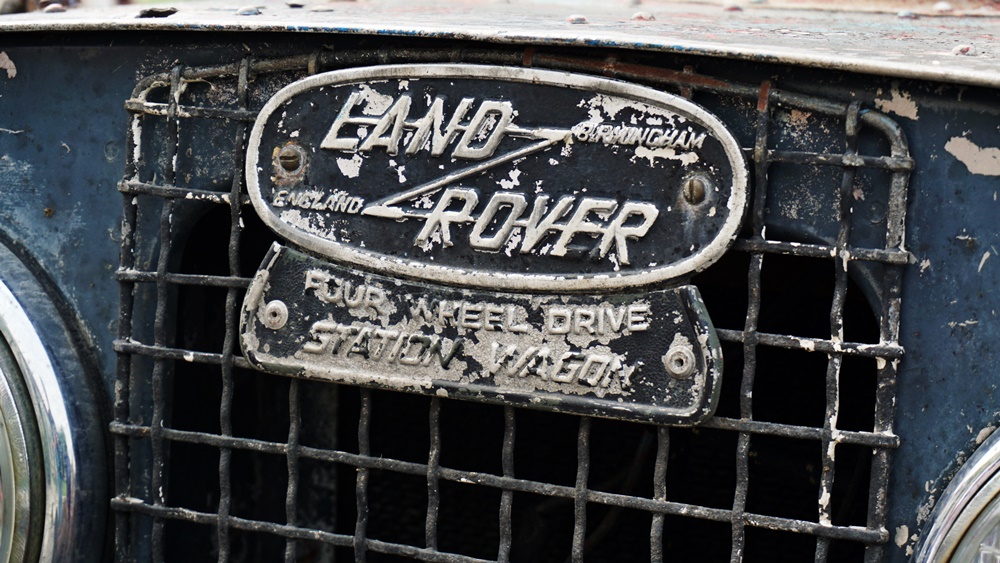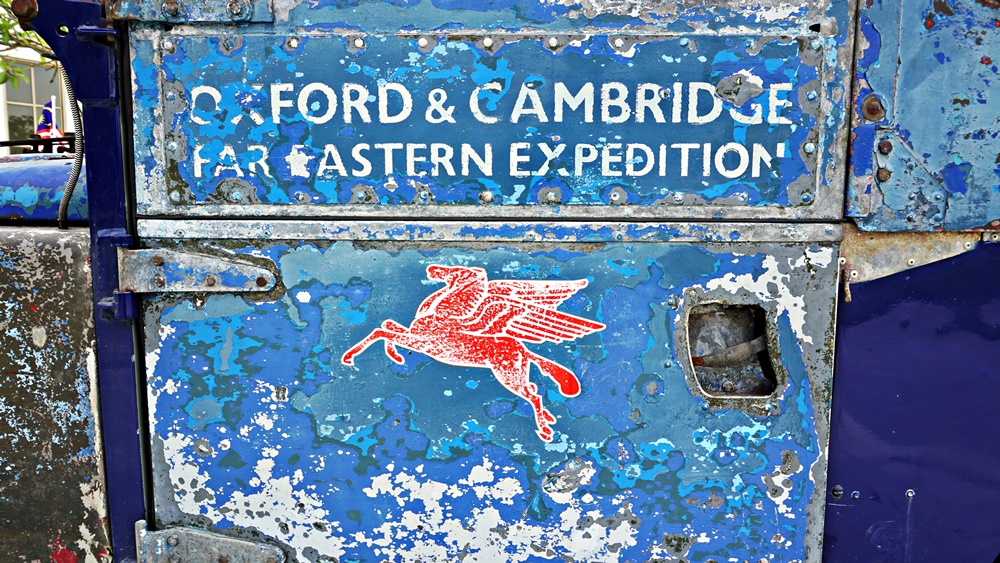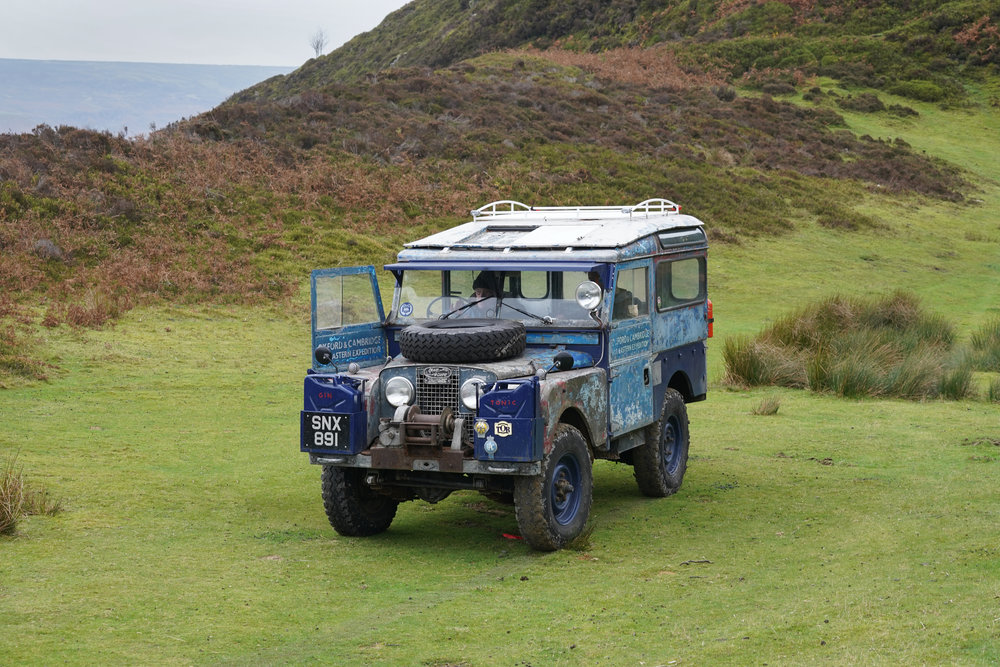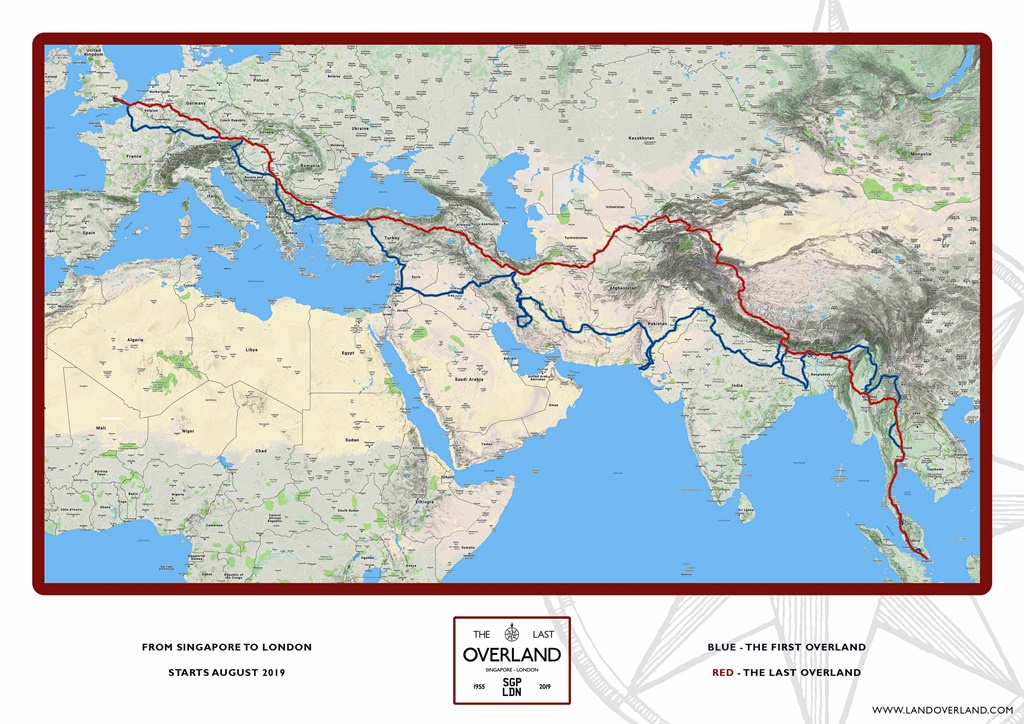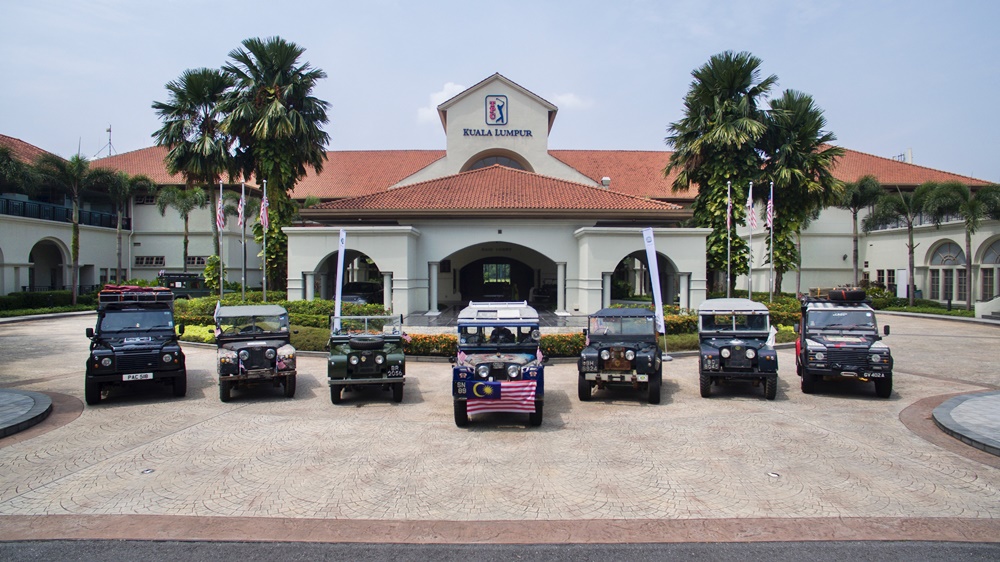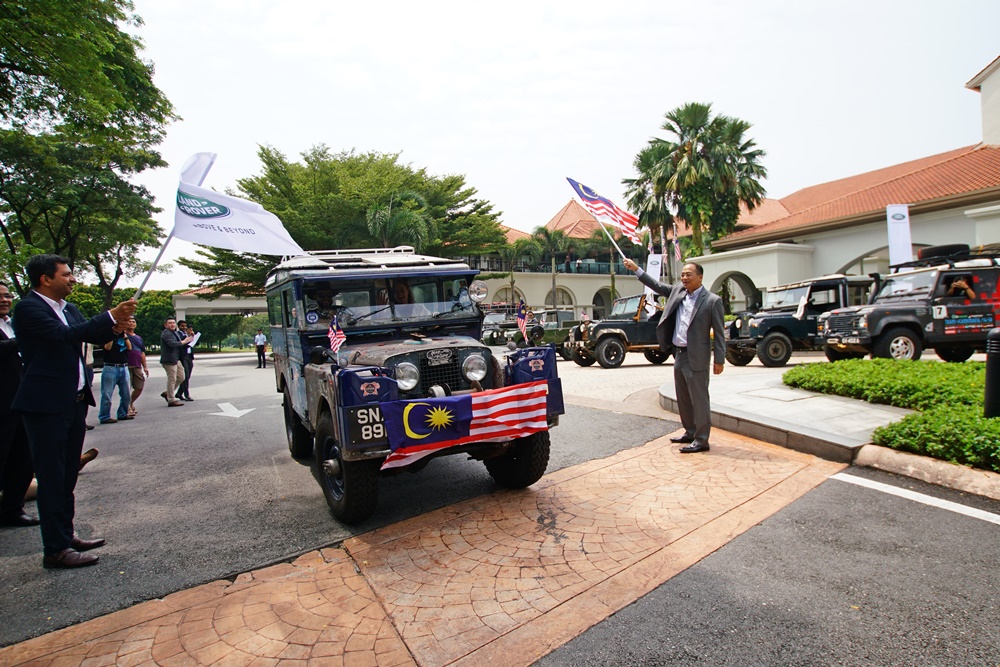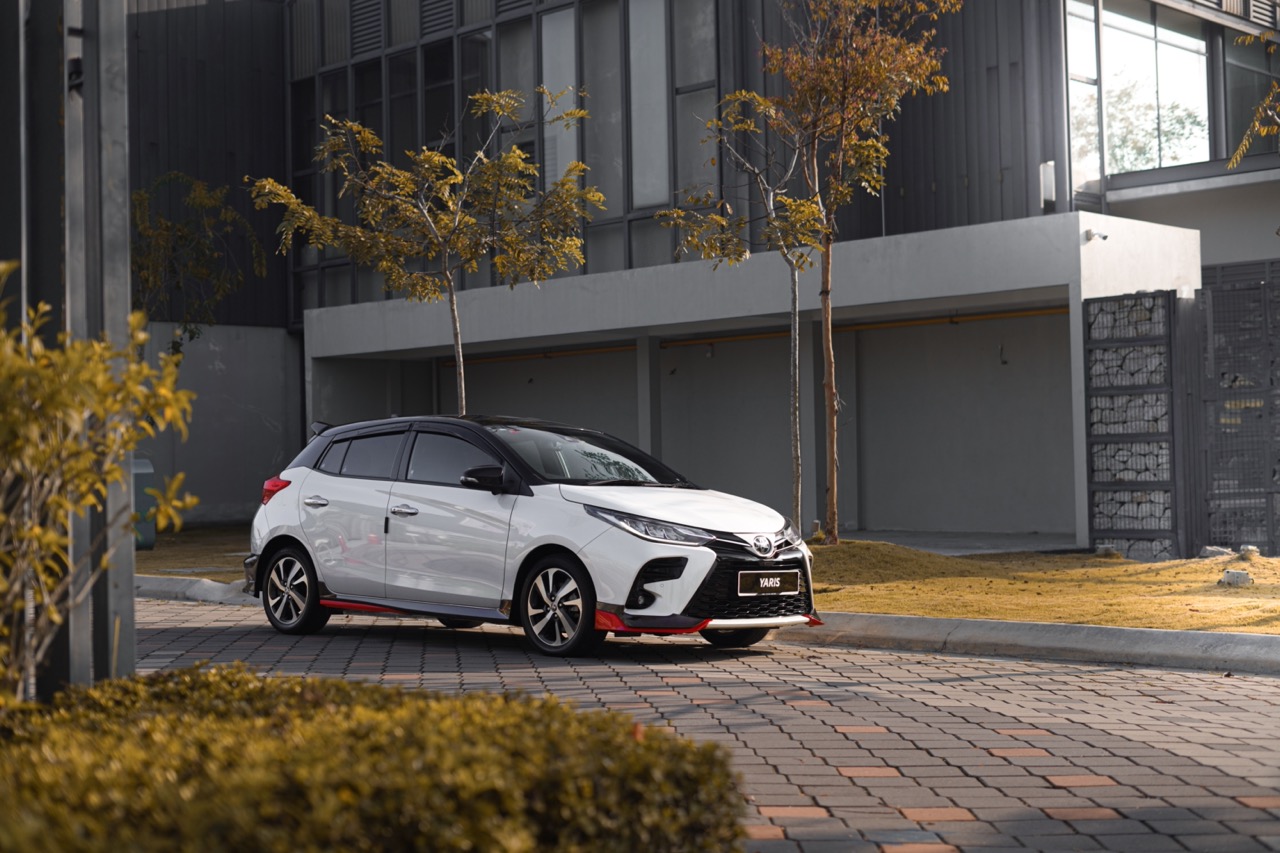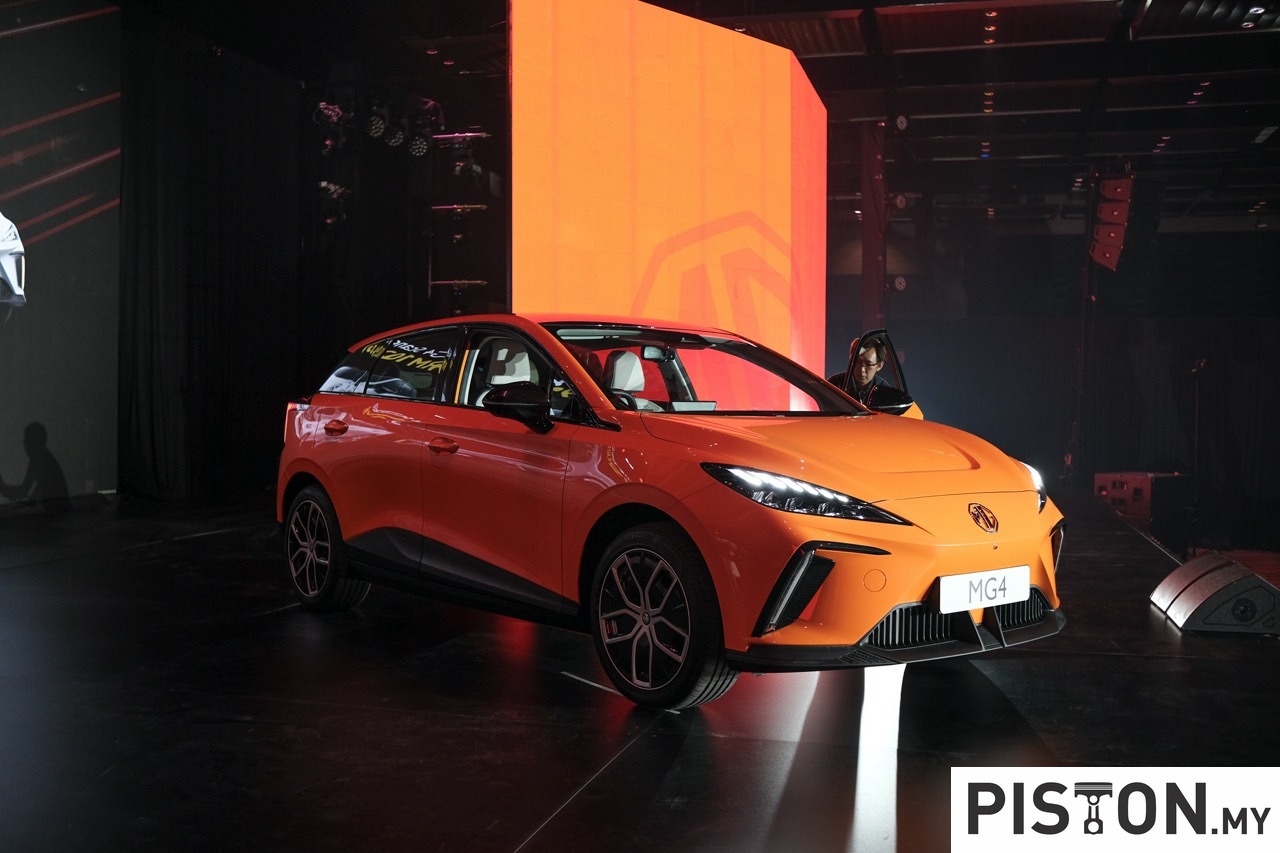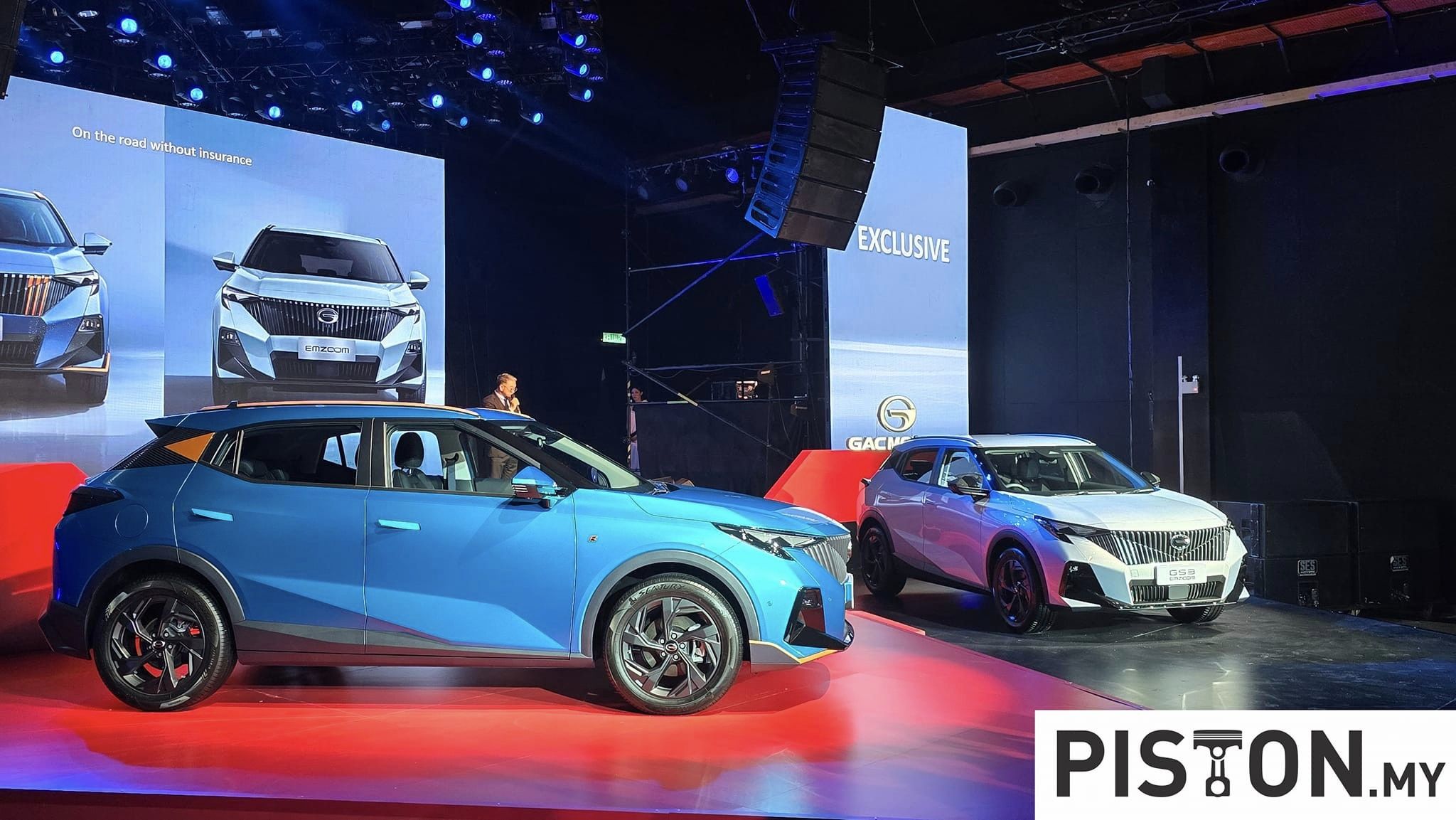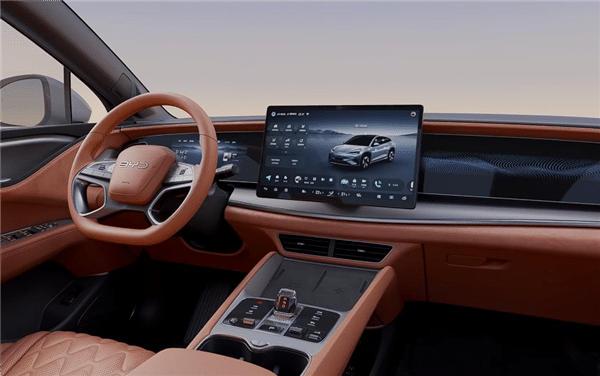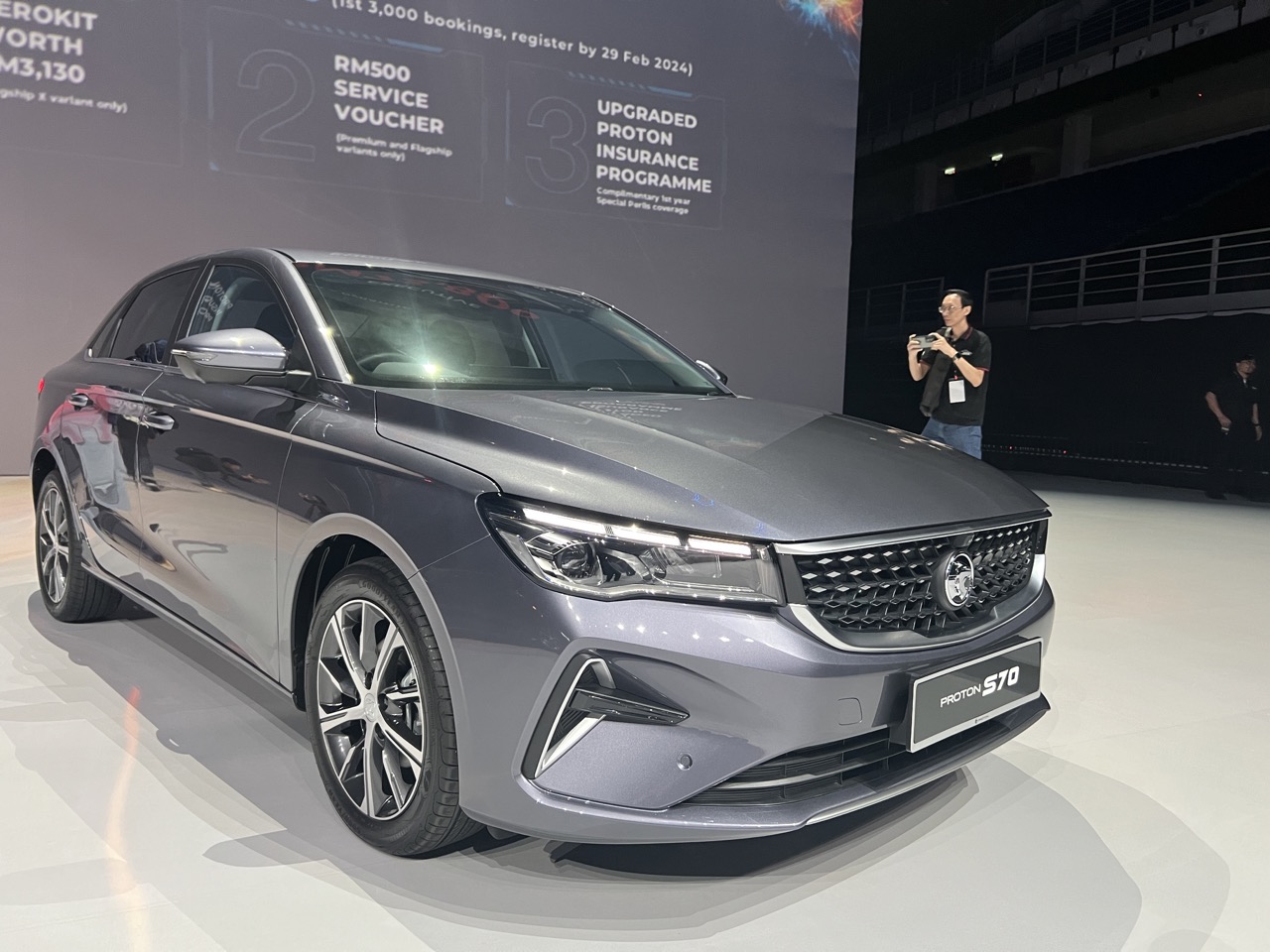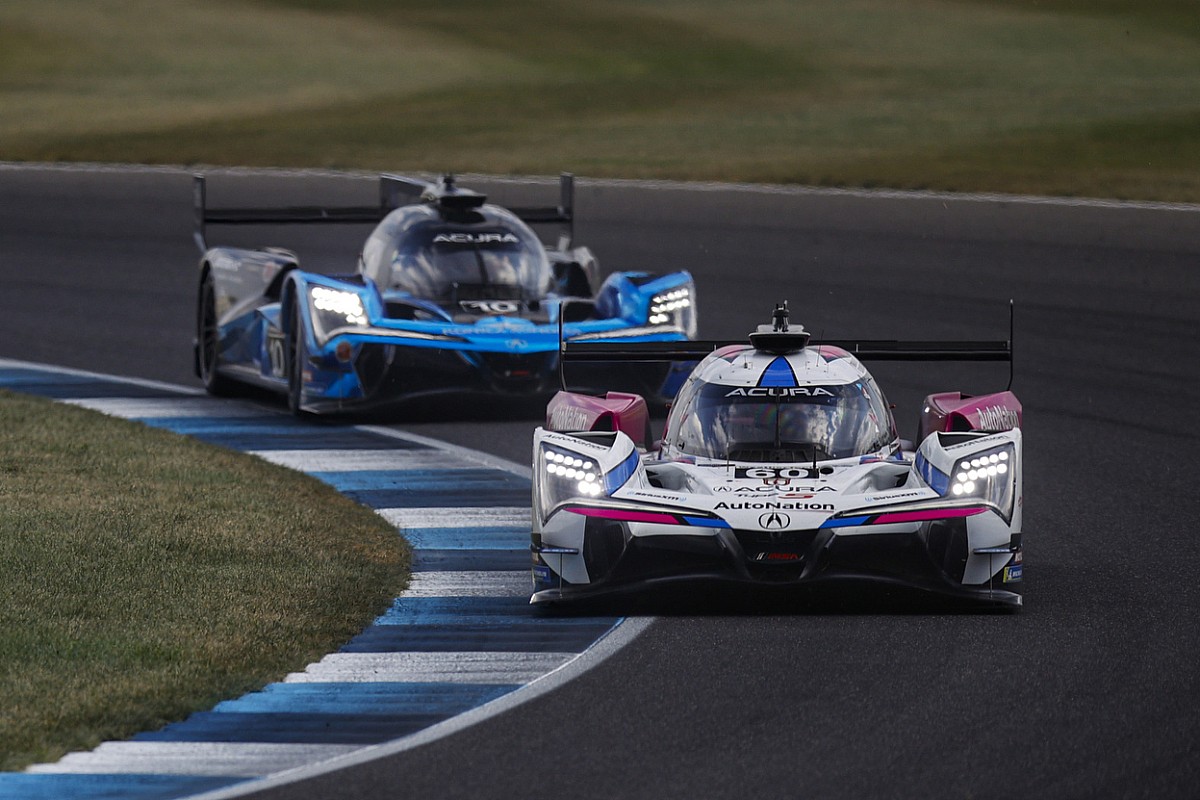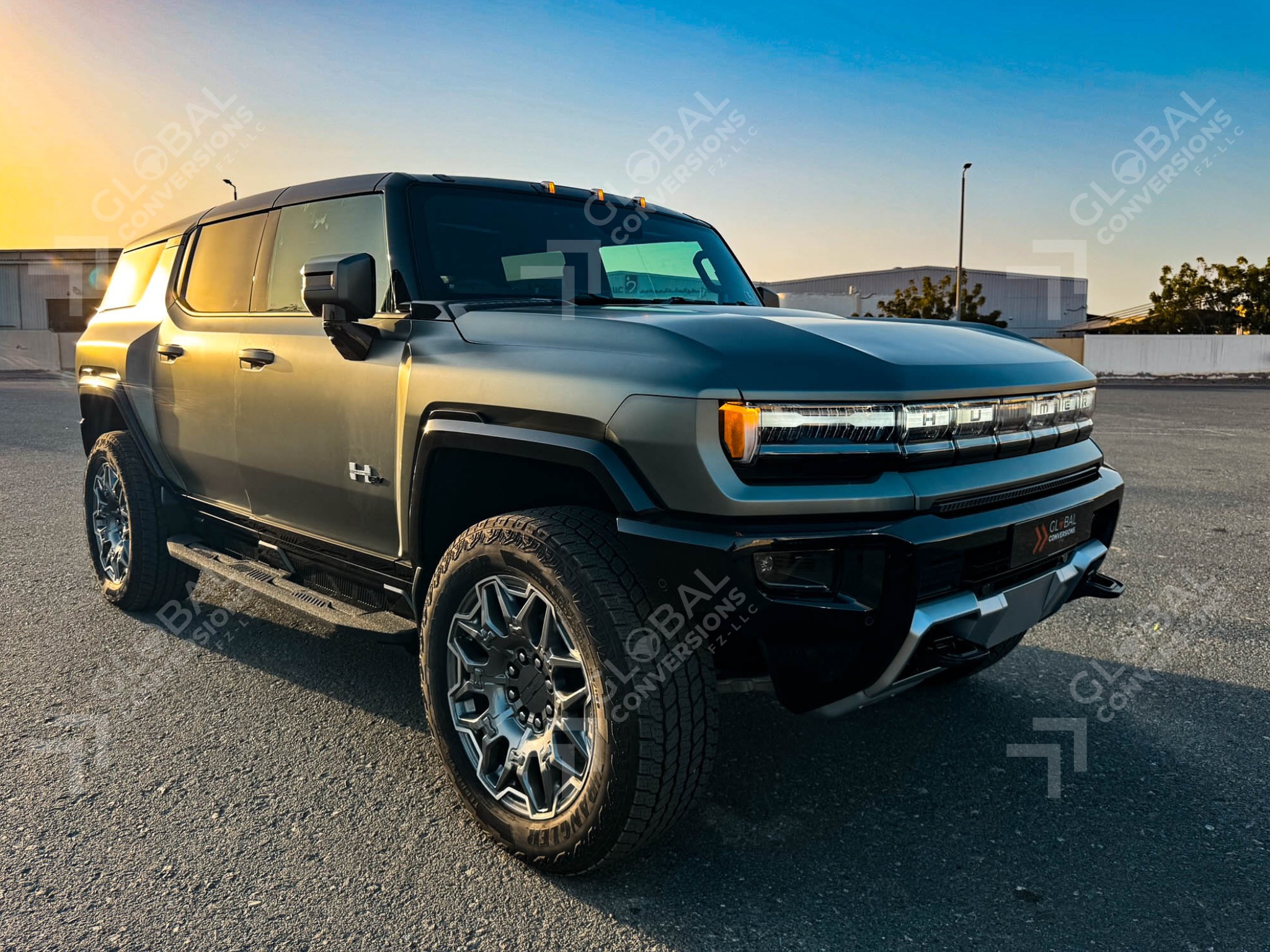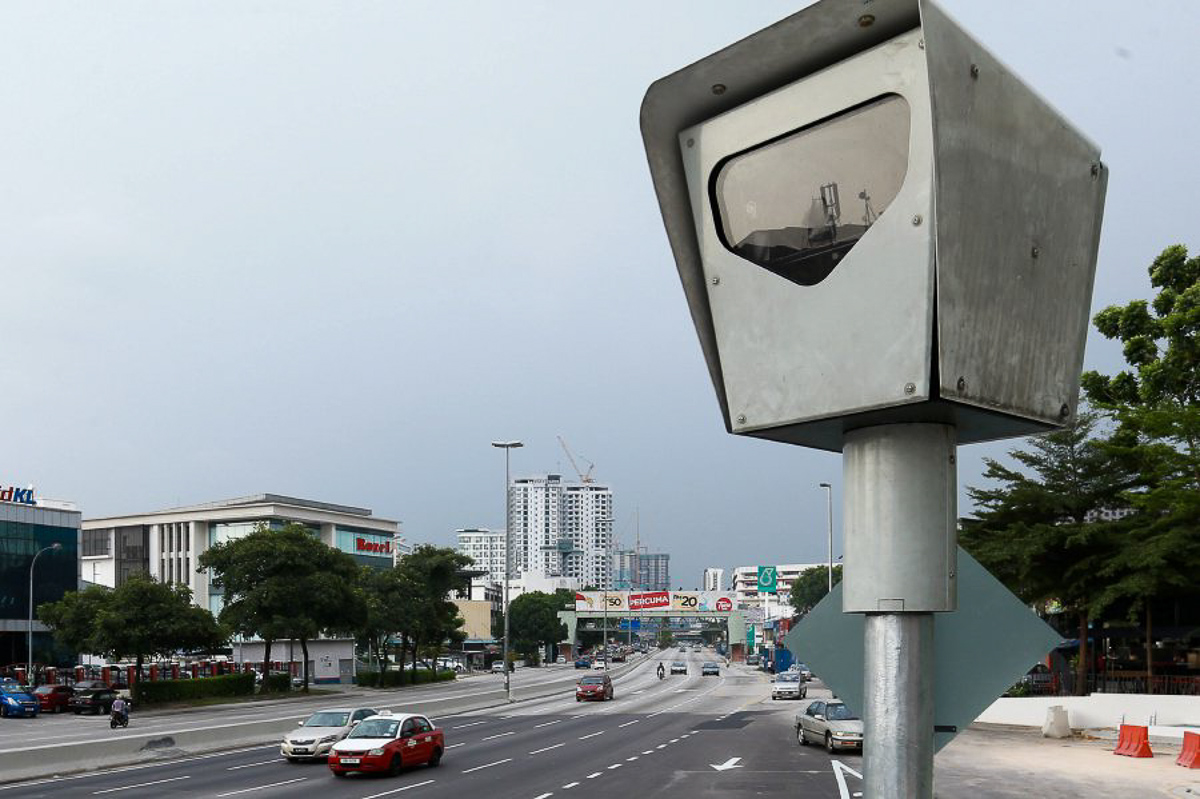The world was a very different place in the 1950s. World War II had ended the decade before and though there were conflicts here and there, most countries were moving forward and developing themselves. Links between countries had existed for a long time, some for thousands of years as trails between major trading posts and over time, they became roads in a permanent sense.
However, the roads were not as we know them today and though there existed a network across continents, they did not offer safe passage for ordinary motorized vehicles. Eastwards from Europe, the terrain was still in much of its natural state, and only large commercial vehicles could travel over it.
The experts said the journey couldn’t be done
But the spirit of adventure was drawing many adventurous people to see how far they could drive their vehicles. Six students at the Oxford and Cambridge universities were inspired by the 1954 Oxford and Cambridge Trans-Africa expedition in which two Land Rovers bearing the names of the famous universities had travelled to the continent. But instead of southwards, they wanted to drive east to the tip of Southeast Asia, Singapore.
The ‘experts’ told them that they were ‘geographically ignorant and politically naive; the journey couldn’t be done’. Even David Attenborough, just beginning his lifelong career producing documentaries about the planet, called it a ‘madcap adventure’. Nevertheless, the BBC produced three films which preserve that adventure for all time.
The First Overland
Officially called ‘The Oxford & Cambridge Far Eastern Expedition’ – but referred to as ‘The First Overland’ – the vehicles used were the 1955 Series 1 Land Rover. They were also named ‘Oxford’ and ‘Cambridge’. The route was a logical one from Europe, cutting through the dusty deserts of Iran and then along northern India (with a detour to Karachi). This route would follow the Himalayan range and connected to what was then known as Burma (Myanmar today). The entry into Burma would have been an entirely different experience with the dense jungles and high humidity.
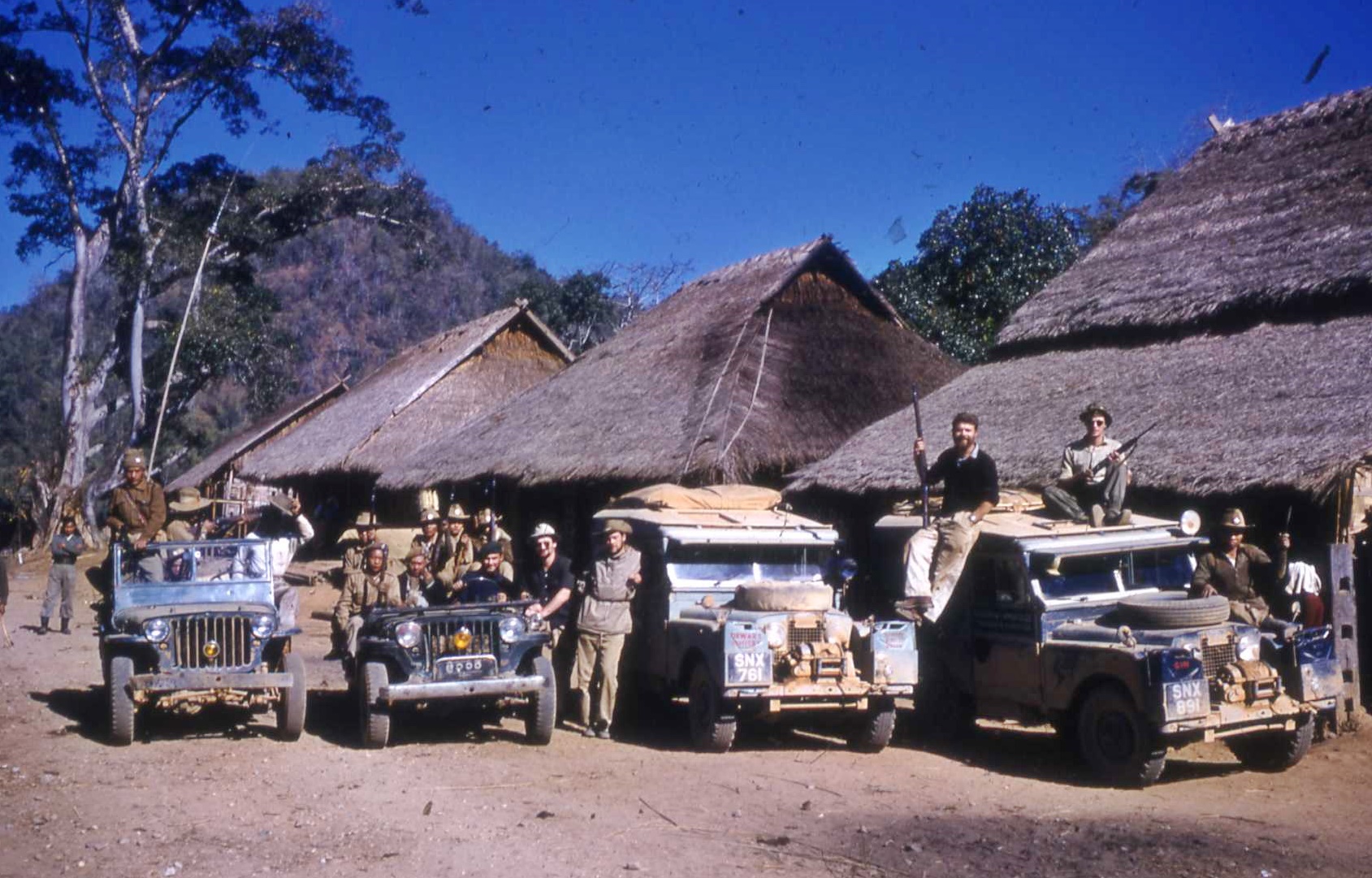
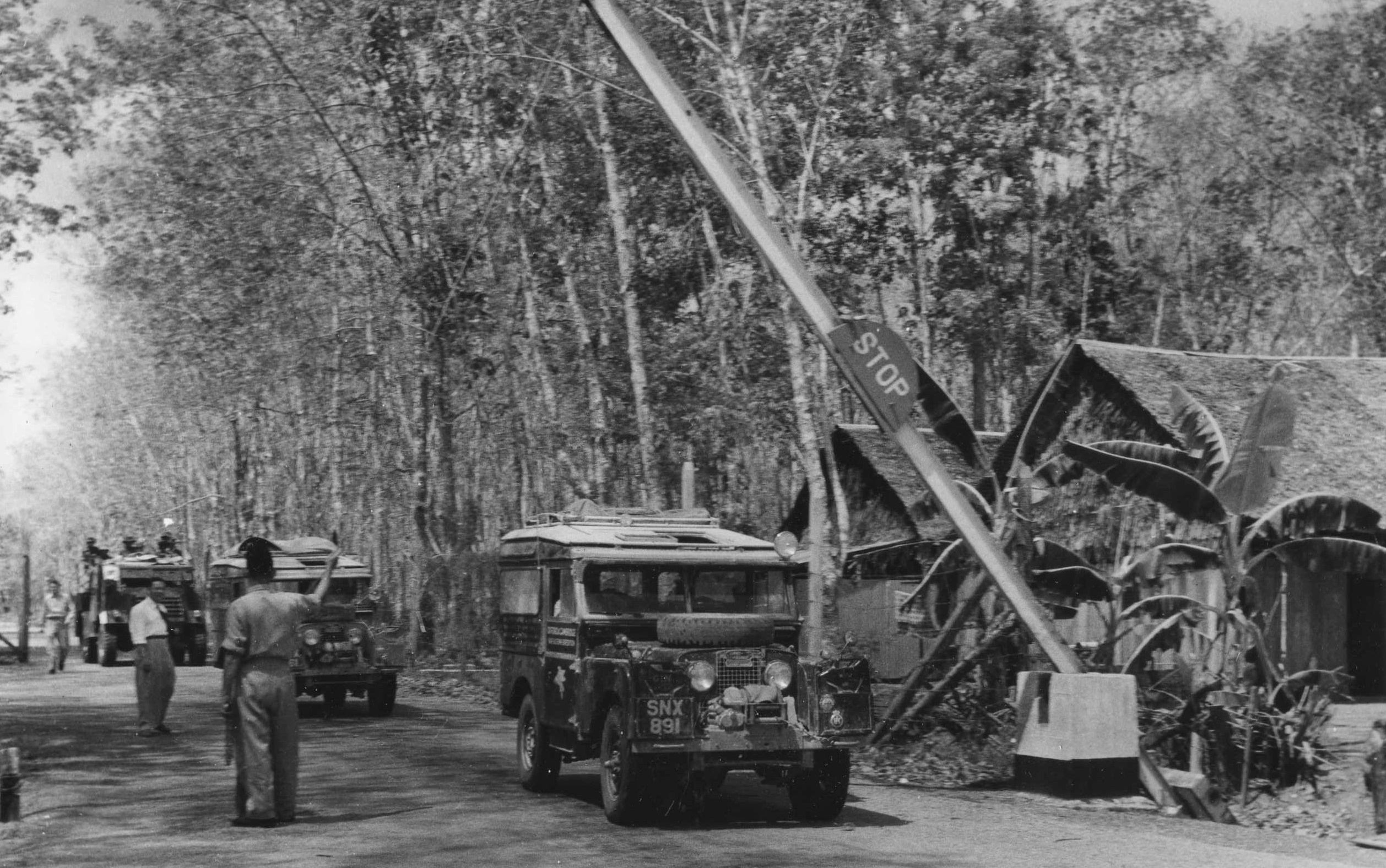
Malayan roads the best
From Burma, they headed southwards along the Isthmus of Kra to the border of the Federation of Malaya. It was a year before Merdeka and Malaya was still a British Colony. Driving ‘Oxford’, one of the original team members, Tim Slessor, recalled that he was delighted when he crossed the border to find – for the first time since leaving the German autobahns – he was on good smooth roads. In fact, while his countrymen would have been responsible for making the good roads all the way to the south, the initial part of it near the Thai border was constructed on the orders of the Sultan of Kedah as far back as 1880. By the time The First Overland Team arrived, the full length of the road from the border to Singapore had already been in existence from 7 years.
Upon reaching the finishing point at the Champion Motors showroom in Singapore’s Orchard Road in 1956, the expedition made headlines around the world by being the first drive from London to Singapore. It took them some 6 months to complete the journey – and remember that they had no GPS and no satellite or mobilephones and certainly no Google Earth.
‘Cambridge’ had been severely damaged towards the end and written off but ‘Oxford’ was returned to Land Rover after the adventure was over. Though it was a historically significant vehicle, Land Rover did not see fit to retain it and it was loaned for further expeditions. After being driven 16,000 kms across the world, it was still as durable as ever and could still go anywhere.
Abandoned on an island
Eventually, it ended up on a small island in the middle of the South Atlantic Ocean after an expedition. Abandoned, most of ‘Oxford’ was dismantled and left to rust. Then one day in 2017, one Adam Bennett came across it. He recognized the vehicle right away as he had followed The First Overland closely when he was younger. He knew he just had to bring it home and so ‘Oxford’ was brought back and refurbished.
After all the restoration work was done, the vehicle was sent for its MOT vehicle inspection (mandatory for all vehicles that are driven on public roads in the UK). It passed at the first attempt and the authority allowed its original SNX891 numberplate to be reinstated.
Running as well as when new, Adam could have kept it but last year, he decided to gift ‘Oxford’ to Tim Slessor, now 87, who had been thinking of ‘one last adventure’ driving ‘Oxford’ from Singapore to London. Award-winning filmmaker, Alex Bescoby, had also been thinking of doing a documentary on The First Overland but when he learnt that Slessor was planning to drive ‘Oxford’ back from Singapore, the project became much bigger and more exciting.
The Last Overland
This time, they would make the journey in reverse, from Singapore to London, calling it ‘The Last Overland’. As before, they will travel across 3 continents but the route would be different, not just to explore a different way but also because conditions in the Middle East, specifically Syria, make it dangerous for them to be driving there. As it is, where the original expedition team may have had a weapon or two for protection, this expedition will have protection provided by personnel (probably ex-military) from AKE International. And, of course, there are more support vehicles and crews too.
It’s one of the things different from 1956 – the world is a more dangerous place. Where, 64 years ago, curiosity may have been common, there are groups which may see an opportunity to kidnap the convoy members and make money, or make a political statement. And depending on how concerned Queen Elizabeth and Boris Johnson are of British subjects being kidnapped, there may or may not be a rescue operation. But any group that does such a thing is likely to get only condemnation from the world community.
The other change would be that communications are lightyears ahead of the 1950s. There are private and military satellites which can survey even the most inaccessible terrain and if it becomes necessary to get someone out due to a medical emergency, an airlift could be arranged. It would be almost impossible to be ‘lost’ unless something so catastrophic occurred that all communications equipment was destroyed. Of course, having said that, the location of MH370 still remains unknown…
Reporting via Instagram
The entire journey will be reported via the official website and Instagram has been chosen for updates. That’s very different from The First Overland when reports of the expedition’s progress may have taken a month or two to reach London – if a post office could be found along the way. Now videos can be uploaded and at almost anytime, team members can even contact their loved ones from wherever they are.

The aim is to arrive in London, at the Royal Automobile Club (RAC), within approximately 100 days of setting out from Singapore. By then, after leaving the Peninsular of Malaysia, they would have continued through Myanmar, the mountains of the Himalayas, northern Turkey, as well as over twenty countries, including Nepal, China, Uzbekistan, Iran and Bulgaria. Where the first expedition travelled through France, they will head towards England through Belgium.
The Last Overland expedition began yesterday from Singapore’s F1 circuit in Marina Bay. The ‘Oxford’ was escorted through the streets of Singapore all the way to the country’s border with Malaysia by a parade of other Land Rovers driven by local enthusiasts. Although Tim Slessor was to have accompanied the convoy from Singapore, he was ill on the day of departure. Nevertheless, his grandson is with the team to represent him.
In Malaysia, the team stopped to meet local media in Kuala Lumpur and then made its way to Cameron Highlands to visit the ‘Land of Land Rovers’ where Series I to III models are still being used by vegetable farmers.
Good luck to The Last Overland team and may your journey to London be as exciting as the first, and you arrive safe and sound to tell the complete story.


